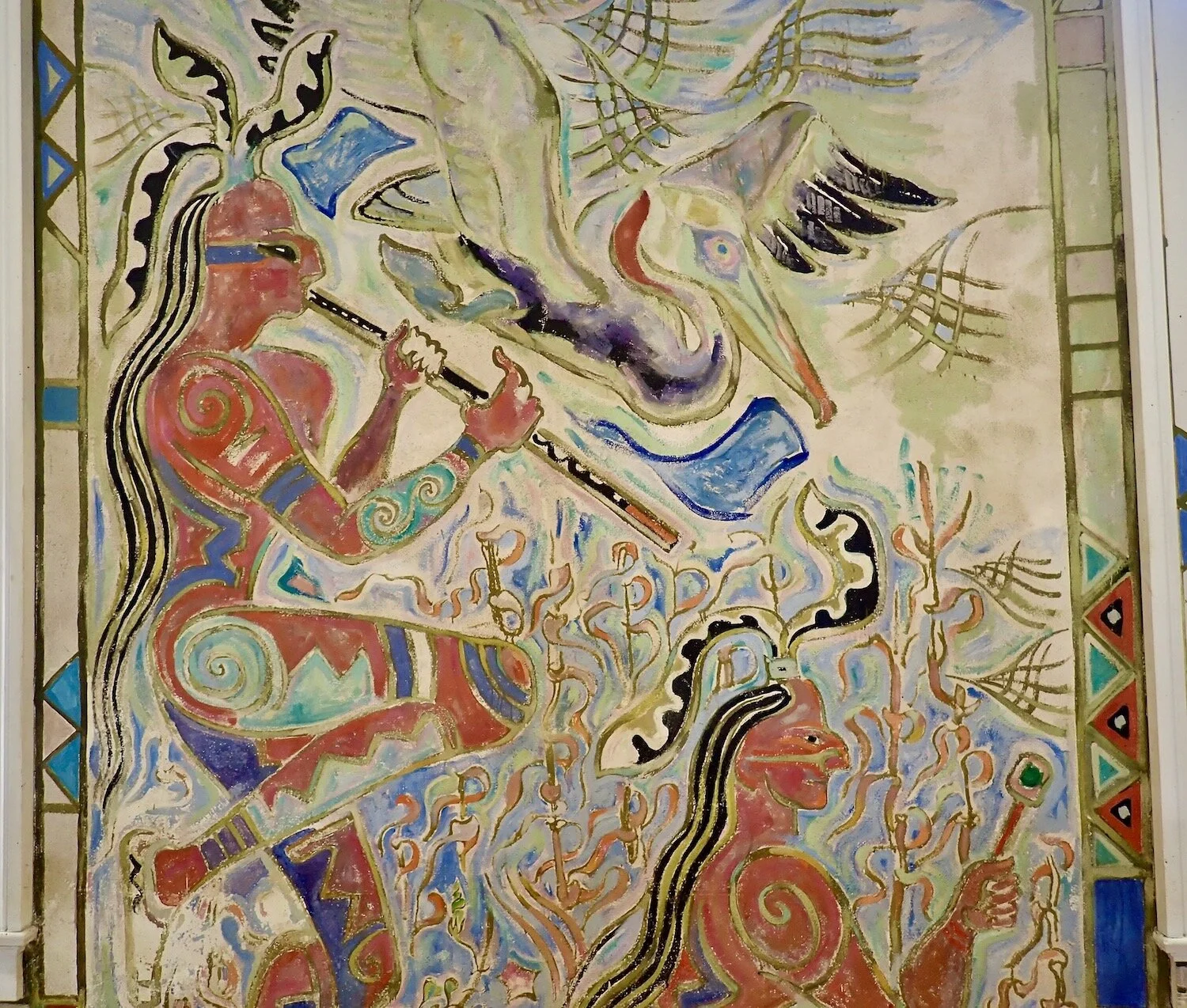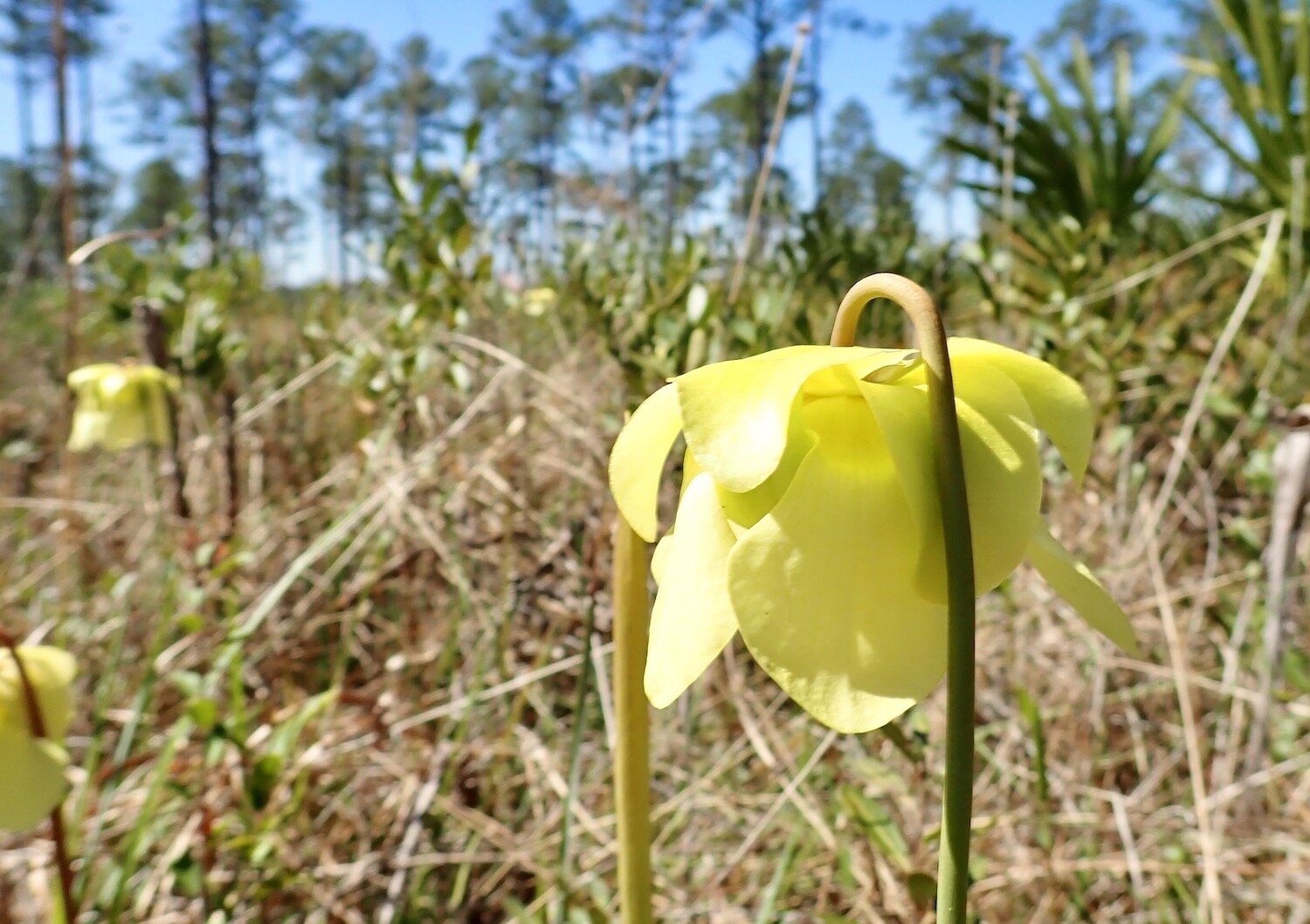Traveling America By Van: A Stop In Ocean Springs
By: John Kumiski
The westernmost portion of Gulf Islands National Seashore lies in the city limits of Ocean Springs, Mississippi. The National Park Service runs a campground at this location, and Susan and I found ourselves surrounded by RVs after we pulled the Sienna into our site.
Whenever I'm in a new place, the surroundings must get explored. I want to know what's around me! So we spent part of the day exploring this fairly small outpost of the national seashore. Like all federal properties we have visited during the COVID pandemic, the visitor's center was closed. We drove to the boat ramp, where several fishermen were not catching fish. A cold front had passed through the previous night. It was cold and windy. Most inshore saltwater fish don't bite well under those conditions.
We went to the picnic area, where there were some lovely old oak trees. I tried to do them justice with my camera, not altogether successfully.
We left the park and visited the Ocean Springs Tourist Council. The nice lady there sent us down Washington Street to the Walter Anderson Museum of Art. Jackpot!
Anderson led an extraordinarily full and active life. Driven to create, he worked in watercolors, oil paints, sculpted in wood and clay, and dabbled in other media as well. He would routinely row a small dinghy from Ocean Springs to Horn Island, an uninhabited barrier island 12 miles out in the Gulf. There, he would draw inspiration from Nature that he would use to create ever more art.
He had a simple bicycle that he would peddle all over the southeast, taking trips of hundreds of miles.
A married man, he was tasked with raising the children while his wife earned a steady income. Being an artist, then as now, is seldom financially secure, even if you're as brilliant an artist as Anderson was.
The museum houses many of his paintings, both oil and watercolors. An incredible Anderson mural covers the walls of the neighboring community center. Many of his sculptures, his bicycle, his dinghy, even his room from his house, are all contained here. Anderson drew his inspiration from Nature, from being outdoors in wild places. If you like art featuring nature, and you're in Ocean Springs or Biloxi, you need to visit this place.
In his home, Walter Anderson had a studio room that he always kept locked. After his death, his wife had the lock removed. She found hundreds of paintings in there, and the walls were colorfully decorated with murals. The room was removed from the house and moved to the museum, where I shot this photo.
The next morning, we went to the Mississippi Sandhill Crane National Wildlife Refuge in Gautier. Again, the visitor's center was closed. But the hiking trail was open, so we went for a walk.
It was beautiful.
The trail passes through pine savannah. I spotted some large yellow flowers, saying to Susan, "These are pitcher plant flowers." I'd seen similar blooms near my home in Florida. It was puzzling because at first, we couldn't see the pitchers themselves. We finally realized that they were there, last year's brown and dead ones. The new growth hadn't appeared yet. There were hundreds of the flowers.
Tiny, an inch or two across, sundew plants were everywhere, too. My only complaint about this walk was that the path was too short. All too soon we finished the loop and found ourselves back at the car.
We didn't see any cranes, which are apparently rare in Mississippi. But we found this stop very worthwhile.
In the morning our stay in Mississippi was over. We climbed into the Sienna, and headed west on US 90. But that's a story for another time.
Have you done something interesting outdoors? Join Global Outdoors and write a review to tell everyone about it! We’re building the home for trusted reviews of outdoor experiences, outfitters, and guides. Help us out and you’ll be entered to win free trips!!






